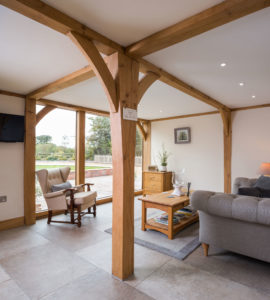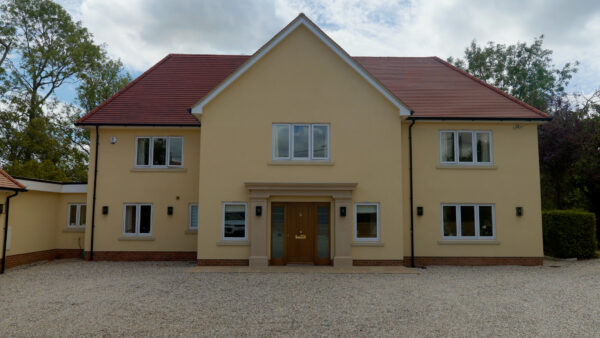Mortgage Free Cottage Style Oak Frame Home
Billie-Jean and Mark Holden were living in a beautifully renovated and extended four-bedroom home on three acres when they decided to take on a self build.
“We did the project back in 2007 and thought we’d created our ‘forever’ home,” says Billie-Jean (known as Billie). “But as time went on, we found there were rooms we weren’t using, and with us both working, we were spending all our weekends on the upkeep of the land.”
The catalyst for change came when the elderly owner of the next-door bungalow passed away in January 2015. The property was quite run down and the widow couldn’t manage living there alone. At first, the Holdens’ priority was to make sure the sale didn’t fall into the wrong hands.
“We live on a quiet country lane with open fields and we didn’t want a big monstrosity built next to us or even two houses,” says Billie. “So, we approached our neighbour about buying the bungalow. Our initial plan was to get planning permission we were happy with and sell the property on.”
Financing the Self Build
The couple have a One bank account that holds savings and mortgage together. As their house value was high and their repayments low, they were able to use the difference to buy the property. Of course, this meant their mortgage payments went up and put pressure on them to sell the bungalow quickly.
Looking for reliable financial services for your self build project? Browse Build It’s Company Directory today

The simple pale grey gloss kitchen from Brooklands Kitchens allows the oak details to take the lead as a focal feature
Around this time, Billie’s dad, retired builder Keith Owen, suggested the couple take on the project themselves and build a smaller, more manageable home. The Holdens are a busy pair – Billie is a medical secretary and Mark is an operational director for an electrical company, and is also involved with the local sports club.
“We’re both from the area and love that the location is rural with beautiful views, but only a couple of miles from the village,” say Billie. “Our children, Liv, now 16, and Jacob, 20, were fast growing-up so it didn’t seem such a silly idea to downsize.”
The opportunity also brought the possibility of being mortgage-free. “We had £250,000 to pay for the build but we’d have to do the majority of the work ourselves,” says Billie. “I asked dad to help out, particularly with the technical side of things, and fortunately my parents love a project and were very excited to be involved.”
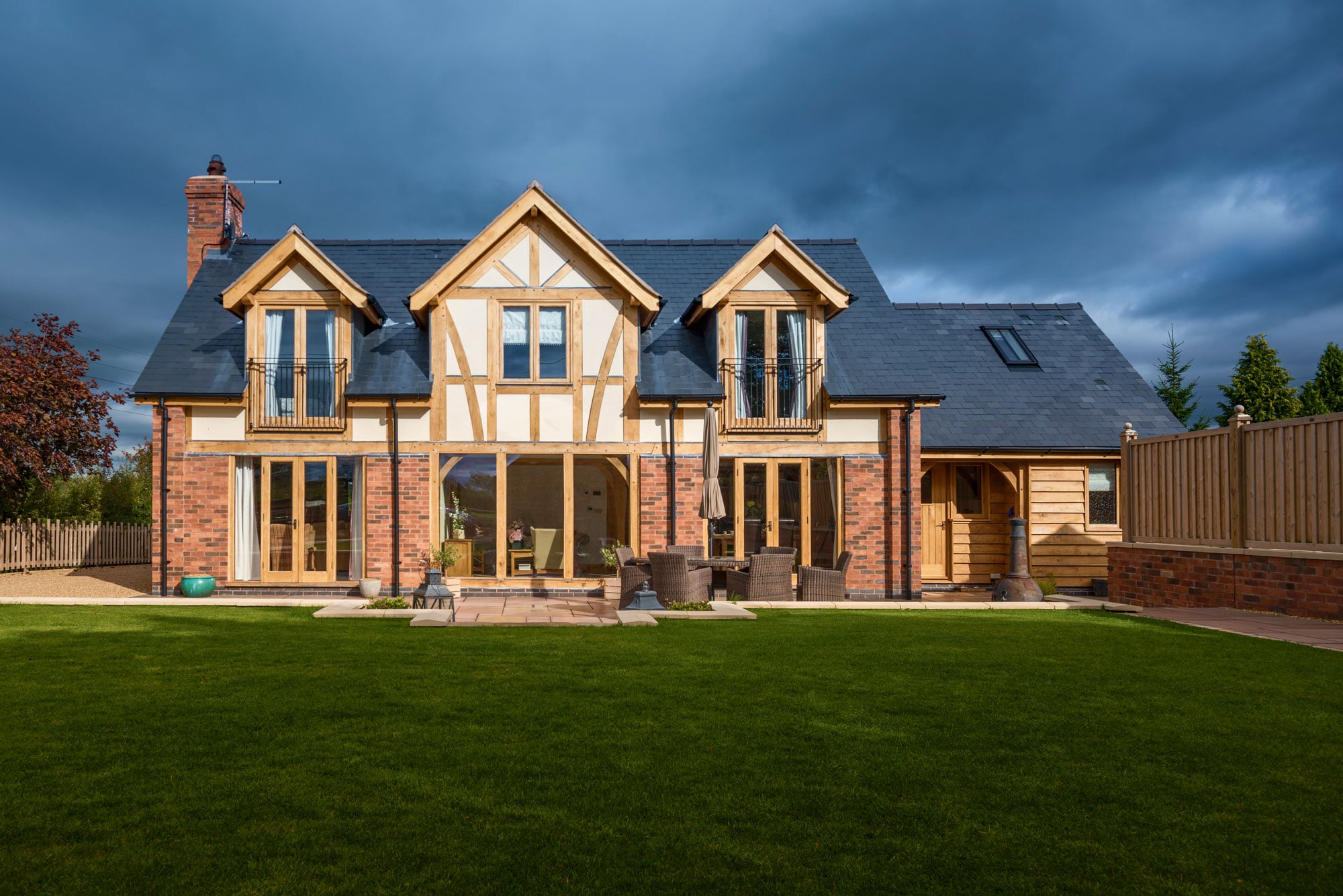
After falling in love with a cottage design in the Welsh Oak Frame portfolio, the Holdens tweaked the scheme to suit them, combining Chapel Blend brick, K-Rend render and oak cladding with a warm and welcoming porch
As the idea picked up pace, the Holdens decided to increase the size of the bungalow plot, using land from a field they owned that ran alongside the property’s rear boundary. “We also had a strip of lawn behind our garage that we didn’t use,” adds Billie.
“This tripled the width of the plot, making the overall size about half an acre.” Mark’s brother-in-law, a land agent, drew up site plans for the new plot. The information was submitted to the Land Registry through a solicitor and within a couple of weeks the documentation was legal.
- NamesBillie-Jean & Mark Holden
- OccupationsPart-time medical secretary & operations director
- Location Cheshire
- Type of Project Self Build
- StyleCottage
- Construction methodOak frame
- Project routeWelsh Oak Frame structure & design. Owner project management & build
- Plot size 0.5 acres
- Land cost£165,000
- Bought January 2015
- House size198m2
- Project cost £250,000
- Project cost per m2£1,263
- Total cost£415,000
- VAT Reclaim £25,000
- Building work commenced September 2015
- Building work took Two years & eight months
- Current value £600,000
Designing a Dream Oak Frame Home
By this time, Billie and Mark had their eye on an oak frame house nearby. “We’d had enough of living in a big house and I was keen on the classic ‘chocolate box’ cottage with a big porch,” says Billie.
“When we began investigating, we realised oak wasn’t as expensive as we thought.” The first oak frame company they approached didn’t respond, but they carried on looking and found Welsh Oak Frame in Build It.

Welsh Oak Frame supplied the oak for the fire mantel that Keith (Billie’s Dad) built with Chapel Blend bricks laid in a herringbone pattern. The Aga woodburner is from Direct Stoves
“Design director, Emyr Davies, came to see us the following week with a range of house designs,” says Billie. “He was personable, understood what we wanted and we instantly connected with him. Even though ours was a small project, we were made to feel that Welsh Oak really wanted to work with us.”
The couple looked in their brochure and spotted a cottage in Kelsall, Cheshire that they liked and decided to visit the village to take a closer look.
“A chance conversation with a waitress in the local pub pointed us in the right direction,” says Billie. “We stood outside and knew absolutely this was the kind of house we wanted to build. The cottage didn’t look new and out of place, it had a lovely old feel and the porch looked really inviting.” Billie and Mark spoke to Emyr: “He explained that any features could be incorporated into our house,” says Billie.

The entrance hall draws the eye upwards to the vaulted landing ceiling. Glass balustrades allow an unbroken view and flow of light
“It didn’t matter that it was smaller than other projects they’d worked on and we didn’t feel constrained with the design at all.” A pre-planning conversation indicated the couple would likely get permission for a one-and-a-half storey house. They could also encompass the footprint of an old single garage, a shed and brick shelter into their new home.
Emyr set to work on the design, using the Kelsall cottage as a starting point. He suggested changes to the rear with a central picture window flanked by doors, and a large dormer above to create a vaulted ceiling in the landing and bathroom.
“The design gives a lovely feeling of height and space,” says Billie. “It has a real wow factor effect when you walk in.”
Learn More: Pre-Applications and Planning Advice: Are Pre-Apps Worthwhile?
Beginning the Build
Plans were submitted in June 2015, followed by three months of wrangling over the design. When approval came through that September, the couple were still living in their house next door, although it was on the market.
Billie’s dad, Keith, a sprightly 77-year-old, started the demolition of the bungalow with a digger while the rest of the family did the labouring – despite Billie and Mark still working during the day. They went on to dig trenches for the drains and septic tank and lay the pipework for the air source heat pump, situated 30m away from the house.
“The black pipe is about a foot wide and like a coiled spring so it kept jumping back out of the trench,” says Billie. “It took me, dad, mum, Mark and Jacob to push it into the ground.”
In November, the foundation trenches had been dug but the following two months were very wet, meaning the family spent a lot of time bailing out the footings so the concrete could be laid. At the end of January, Welsh Oak Frame arrived on site with a big crane.
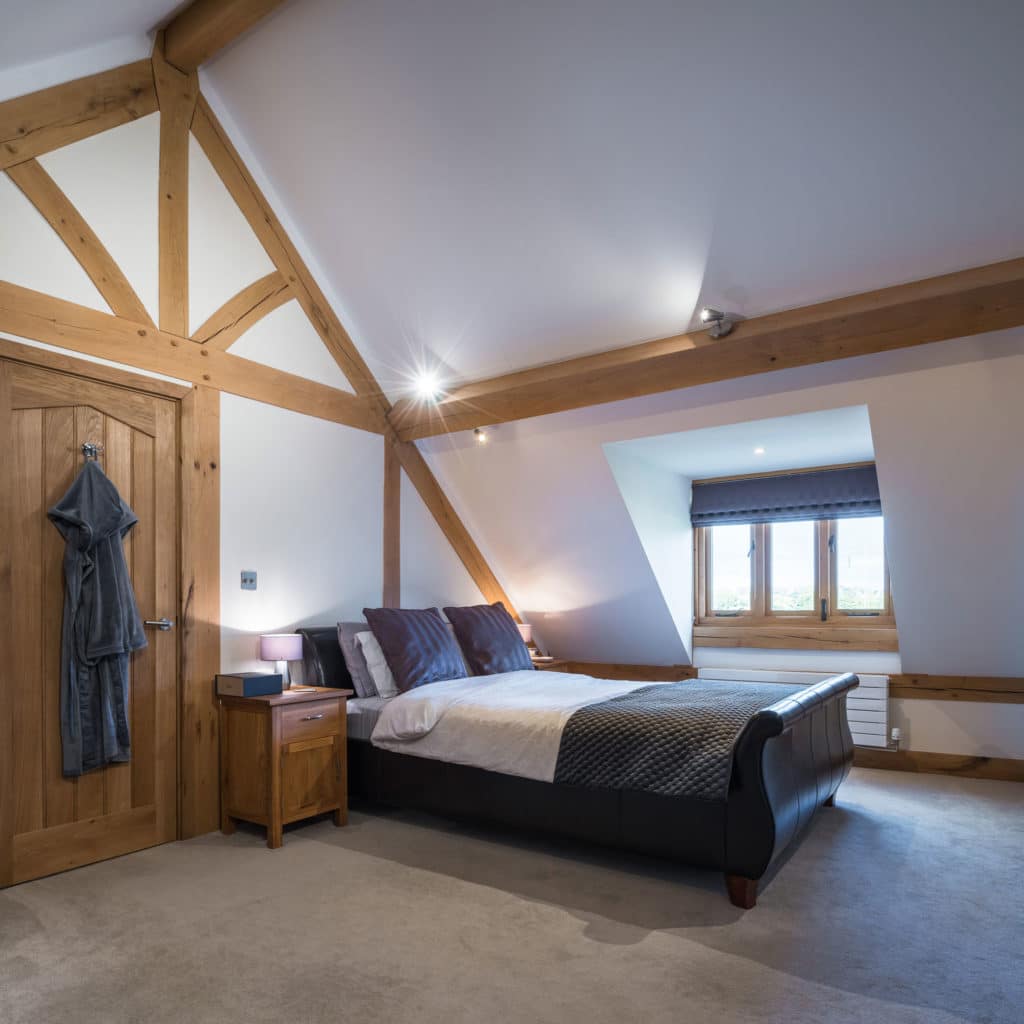
The pitched roof bedroom has been finished with a white paint to contrast with the exposed oak and dormer windows to make the space feel as large as possible
“Five or six lads worked non-stop all week,” says Billie. “Seeing them slot the frame together was the most impressive part of the project. It was like watching a piece of artwork going up. The locals would slowly drive past to see the progress.”
When the oak frame was assembled, the couple hired local trades – many of whom are friends – to do the first and second fix stages while the family continued to help out. “We knew a plasterer, plumber and joiner, and dad knew a roofer,” says Billie.
“Of course, Mark’s a qualified electrician, and Jacob helped, so overall our build costs were very reasonable.” The build began to slow in February as the Holdens hadn’t yet sold their house and needed the funds to carry on. The brickwork and render were finished, and the roof was on, but there were no windows or doors in place.
By June, the couple had a buyer and the sale was complete. Despite plastic sheets on the windows, only one working toilet, no kitchen, no shower and a ladder to the first floor, Billie and Mark moved in.
“We needed to live here for security and also to work on the house in the evenings,” Billie explains. “The kids stayed at my parents and we went there to shower.” During this time, the couple noticed one of the two oak posts in the living room hadn’t been chamfered to match the other.
“We panicked a bit because we didn’t know what Welsh Oak could do,” says Billie. “We needn’t have worried though, they were brilliant. The team arrived with a new post a couple of days later and switched them over. It was easily sorted with no extra cost.”
The Finishing Touches
In December, the house had a kitchen and had been decorated. There was still a long list of things to finish off, however, and Keith had become unwell. “A lot of jobs went on the backburner as I went with dad to hospital appointments,” says Billie.
“We finally got Building Regulations sign-off in May 2018 and it was only then we could apply to get the VAT back.” Unfortunately, because of the delay, the couple’s claim was rejected at first for being too late.
“You only get one chance to appeal and so we felt it was worth paying a tax specialist £1,000 to write a letter on our behalf and submit our supporting photos again,” says Billie. “In a matter of days, the tax office agreed to pay back the VAT, although we had to wait eight months to receive the £25,000.”
When the money eventually came through in January 2019, they were able to finish the landscaping. Now the family are relaxing into their new oak frame home and finally able to sit back and appreciate all the hard work everyone’s put into their project. “We couldn’t have done any of this without Dad and the rest of the family who worked tirelessly throughout,” says Billie.
“We use all the space we have in the cottage – the Welsh Oak Frame design is just perfect in every way – we’ll never go back to living in a big house, we’re thrilled to be here.”
What we learned:Pay a fixed price to trades. Brickies are hard to come by near us so we agreed a day rate. We still had to pay them when the weather turned bad and they finished early. The bad weather also slowed the project so it cost us more than we expected. Don’t panic if the tannin in the oak beams runs into the render. It does stain but is easy Build It magazine was a great source of help when it came to working out benchmark costs at the beginning and sourcing oak frame suppliers later on. |
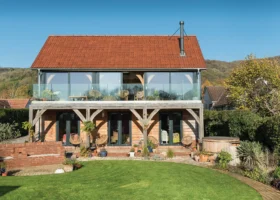
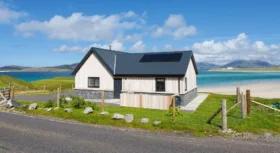




























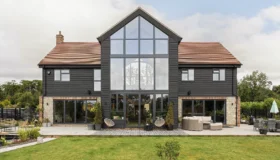






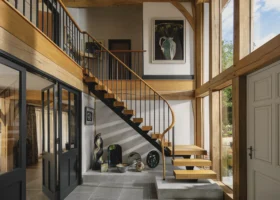
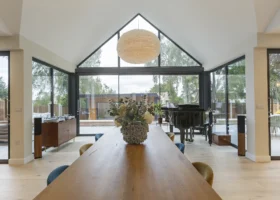

























































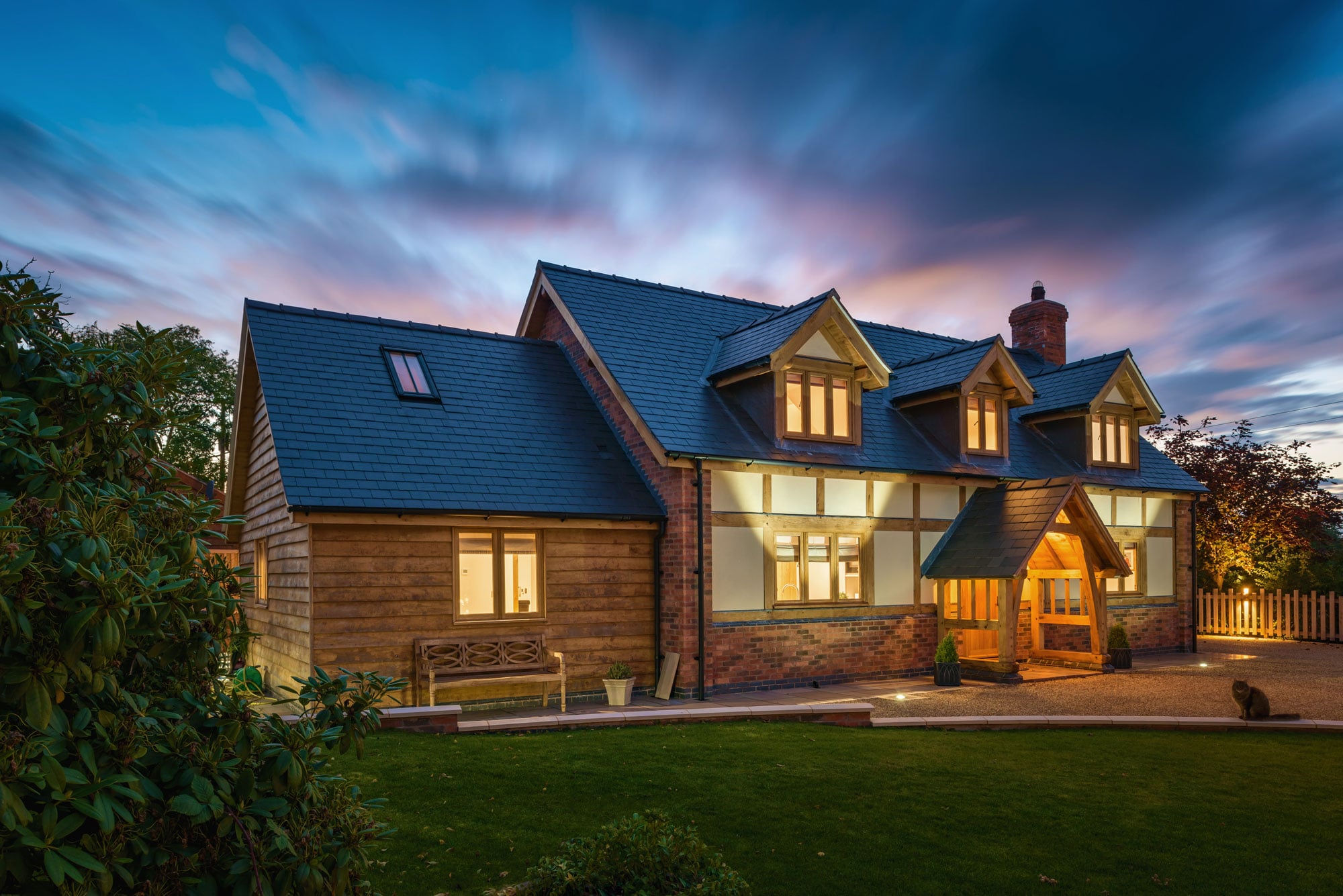
 Login/register to save Article for later
Login/register to save Article for later



